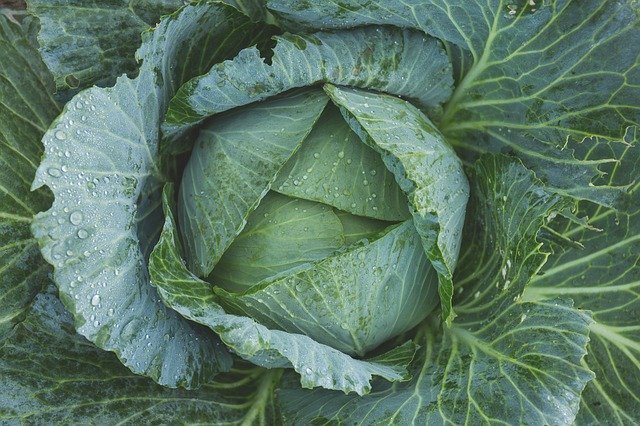
In a new study, researchers found how a natural compound found in many well-known and widely consumed vegetables can also be used to fight fatty liver disease.
They demonstrate how non-alcoholic fatty liver disease, or NAFLD, can be controlled by indole, a natural compound found in gut bacteria—and in cruciferous vegetables such as cabbage, kale, cauliflower, and Brussels sprouts.
The study also addresses how this natural compound may lead to new treatments or preventive measures for NAFLD.
The research was led by Texas A&M AgriLife Research scientists.
NAFLD occurs when the liver becomes “marbled” with fat, sometimes due to unhealthy nutrition, such as excessive intake of saturated fats.
If not properly addressed, this condition can lead to life-threatening liver disease, including cirrhosis or liver cancer.
Many factors contribute to NAFLD. Fatty liver is seven to 10 times more common in people with obesity than in the general population. In addition, obesity causes inflammation in the body.
Driving this inflammation are macrophages, types of white blood cells that normally battle infection. This inflammation exacerbates liver damage in those with liver disease.
Gut bacteria can also have an effect—either positive or negative—on the progression of fatty liver disease. These bacteria produce many different compounds, one of which is indole.
This product of the amino acid tryptophan has been identified as likely having preventive and therapeutic benefits to people with NAFLD.
The National Cancer Institute also notes the benefits of indole-3-carbinol found in cruciferous vegetables, including their anti-inflammatory and cancer-fighting properties.
The present study examined the effect of indole concentrations on people, animals and individual cells to help determine indole’s effect on liver inflammation and its potential benefits to people with NAFLD.
The team tested the effects of indole on 137 people with fatty livers.
They discovered people with a higher BMI tended to have lower levels of indole in their blood.
Additionally, the indole levels in those who were clinically obese were much lower than those who were considered lean.
And in those with lower indole levels, there was also a higher amount of fat deposition in the liver.
To further determine the impact of indole, the research team used animal models fed a low-fat diet as control and high-fat diet to simulate the effects of NAFLD.
They found the treatment of NAFLD-mimicking animal models with indole significantly decreased fat accumulation and inflammation in the liver.
The research team also studied how indole affected individual cells.
They found in addition to reducing the amount of fat in liver cells, indole also acts on cells in the intestine, which send out molecular signals that dampen inflammation.
Based on this research, the researchers believe healthy foods high in indole are essential for preventing NAFLD and are beneficial for improving the health of those with it.
This is another example where altering the diet can help prevent or treat disease and improve the well-being of the individual.
The lead author of the study is Chaodong Wu, M.D., Ph.D., a Texas A&M AgriLife Research Faculty Fellow.
The study is published in Hepatology.
Copyright © 2019 Knowridge Science Report. All rights reserved.



